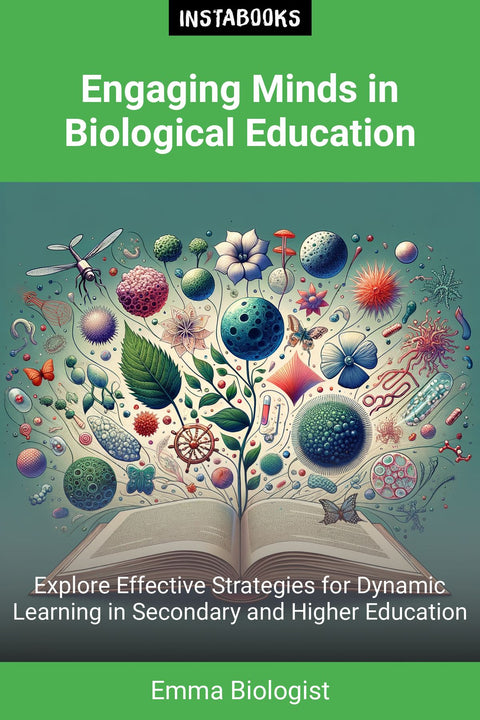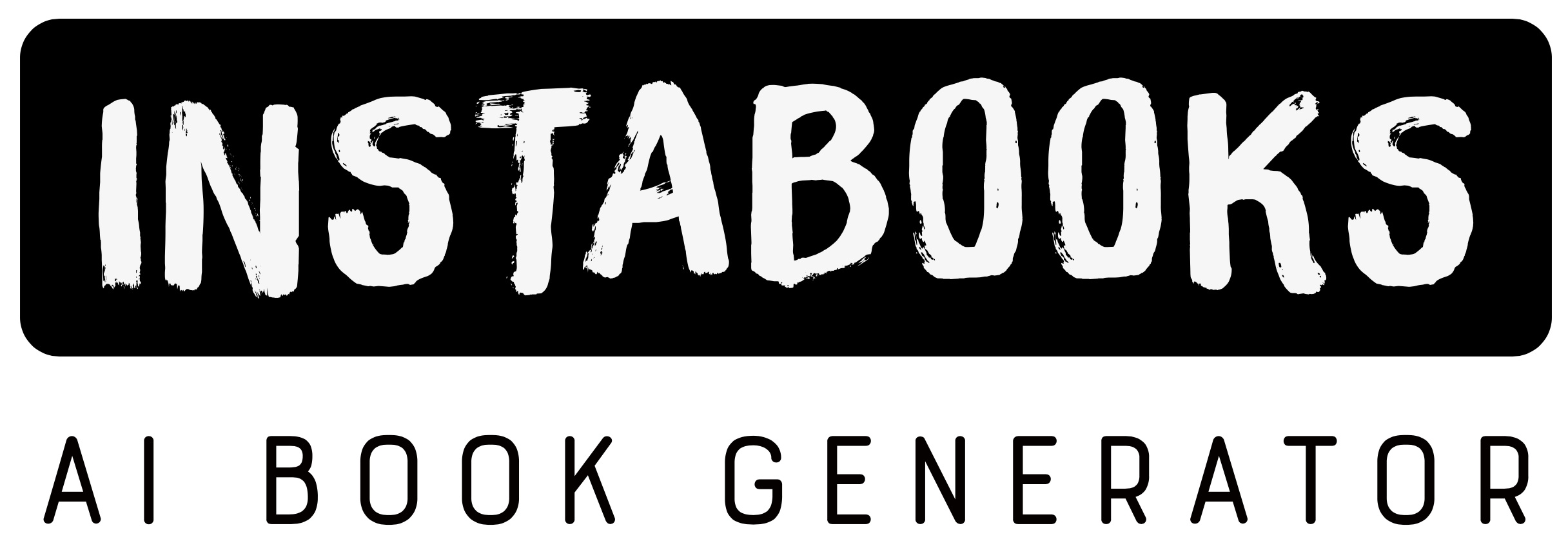
Engaging Minds in Biological Education
Explore Effective Strategies for Dynamic Learning in Secondary and Higher Education
Included:
✓ 200+ Page AI-Generated Book
✓ ePub eBook File — read on Kindle & Apple Books
✓ PDF Print File (Easy Printing)
✓ Word DOCX File (Easy Editing)
✓ Hi-Res Print-Ready Book Cover (No Logo Watermark)
✓ Full Commercial Use Rights — keep 100% of royalties
✓ Publish under your own Author Name
✓ Sell on Amazon KDP, IngramSpark, Lulu, Blurb & Gumroad to millions of readers worldwide
Introduction
Welcome to "Engaging Minds in Biological Education," a comprehensive guide designed for educators passionate about revolutionizing the way biological sciences are taught in secondary and higher education. This book focuses on contemporary methods, curriculum development, and effective strategies to engage students with biological topics, ensuring that they not only learn but thrive in their educational journey.
Current Teaching Methods
Educators today face the challenge of making biological science not just a subject, but an exciting world of inquiry and discovery. This book delves into inquiry-based and interactive learning, showcasing how hands-on laboratories, virtual simulations, and experiments foster scientific thinking. By allowing students to actively engage with the material, they're more likely to develop a deep, conceptual understanding of complex biological processes.
Curriculum Development
Curriculum is the backbone of effective teaching. Here, we explore how to design curricula focused on conceptual change, which targets students' prior knowledge and misconceptions. By integrating visualization tools, graphic organizers, and animations, educators can simplify complicated topics like photosynthesis and cellular respiration, thus enhancing comprehension and retention.
Strategies for Student Engagement
In a diverse classroom, it’s imperative to adopt collaborative and inclusive strategies. This book emphasizes the importance of group work, peer discussions, and participation techniques that ensure all students are engaged, regardless of their learning styles or backgrounds. It also discusses how to effectively address the needs of English Language Learners and provide them with the tools they need to succeed.
Gamification and Real-World Connections
Imagine making lessons feel like games! The innovative approach of gamification not only motivates students but transforms their learning experience. By linking biology topics to real-world STEM careers, educators can increase relevance and interest. Learn how integrating game mechanics along with storytelling boosts student motivation and educational outcomes.
A Comprehensive Resource
This book is grounded in extensive research, ensuring that every chapter offers the most current insights into biological sciences pedagogy. Whether you’re an experienced educator or new to the field, "Engaging Minds" provides practical applications, unique perspectives, and the tools you need to inspire the next generation of biologists.
Conclusion
Join us on this exciting journey to transform biological science education. With engaging methods and innovative approaches, we can cultivate a learning environment where students are eager to explore, question, and understand the majestic complexity of life.
Table of Contents
1. Redefining Biological Education- The Importance of Pedagogy
- Historical Context of Biological Teaching
- Current Trends in Educational Methods
2. Inquiry-Based Learning in Biology
- Hands-On Laboratory Experiences
- Virtual Labs and Simulations
- Promoting Critical Thinking through Inquiry
3. Curriculum Development Strategies
- Aligning with Educational Standards
- Innovative Curriculum Design
- Integrating Technology in Curriculum
4. Engaging Diverse Learners
- Strategies for Inclusivity
- Addressing Different Learning Styles
- Supporting English Language Learners
5. Visual Learning in Biology
- Utilizing Graphic Organizers
- The Power of Visualization Tools
- Case Studies in Visual Learning
6. Gamification in the Classroom
- Incorporating Game Mechanics
- Creating a Fun Learning Environment
- Gamification Success Stories
7. Collaboration and Group Learning
- The Role of Peer Learning
- Implementing Group Projects
- Facilitating Effective Discussions
8. Linking Biology to Real-World Careers
- Career Exploration in Biological Sciences
- Hands-On Experiences with Professionals
- Connecting Students to STEM Fields
9. Using Assessments to Inform Instruction
- Formative vs Summative Assessments
- Designing Effective Assessments
- Using Data to Enhance Learning
10. Innovative Teaching Resources
- Textbooks and Online Resources
- Professional Development Opportunities
- Community Involvement in Education
11. Reflecting on One's Teaching Practices
- The Importance of Self-Reflection
- Peer Feedback and Collaboration
- Continuous Improvement in Teaching
12. Future Directions in Biological Education
- Emerging Technologies in Education
- Adapting to Change in Educational Environments
- Building a Community of Lifelong Learners
Target Audience
This book is written for biology teachers and educators in secondary and higher education, seeking innovative strategies to enhance their teaching practices and engage their students effectively.
Key Takeaways
- Engagement Techniques: Discover proven methods to engage students in biological sciences.
- Curriculum Development: Learn how to design effective and innovative curricula.
- Inclusive Strategies: Address diverse learning needs in your classroom.
- Gamification: Incorporate elements of game design to motivate students.
- Real-World Connections: Connect biology topics to careers and real-world applications.
